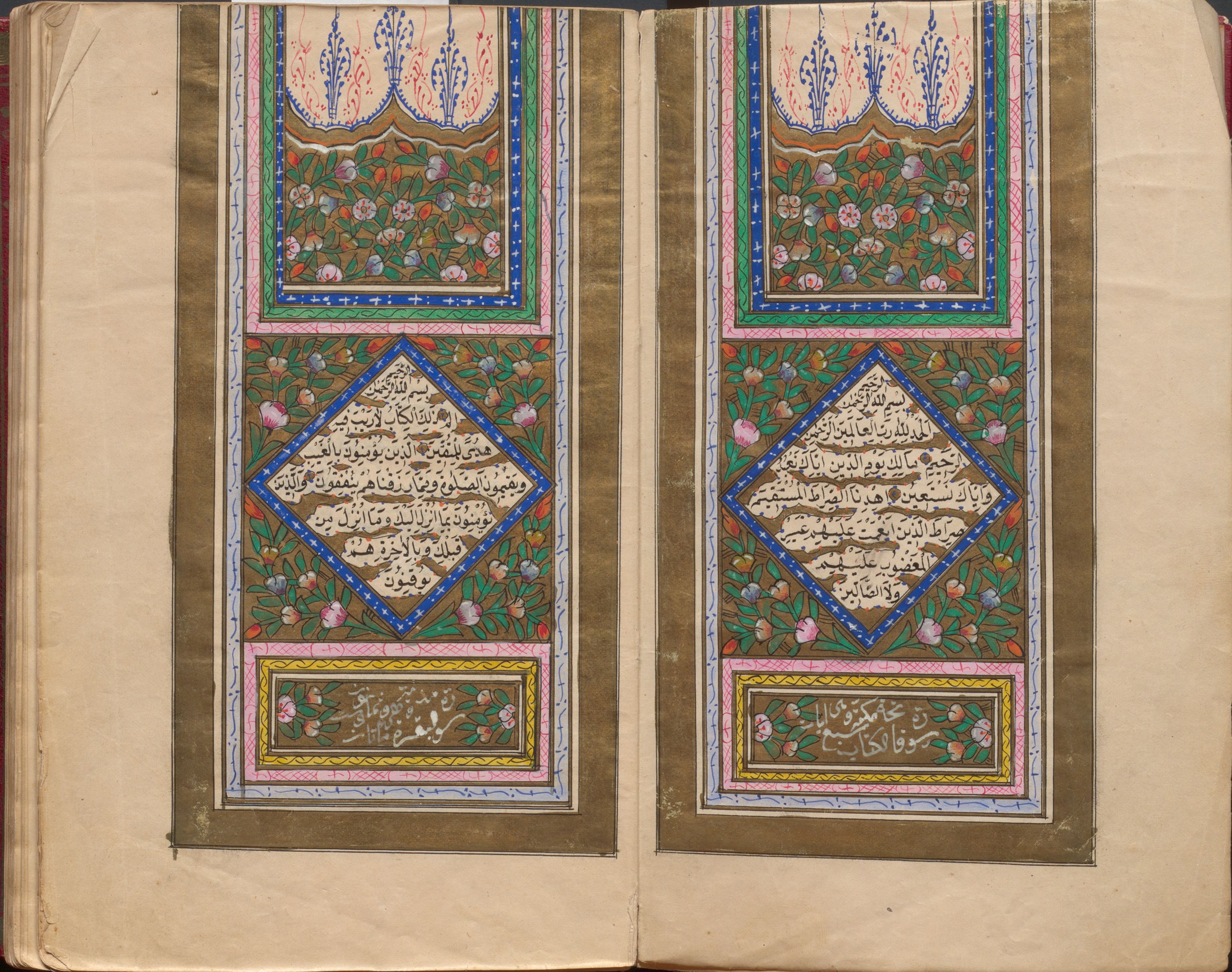
MS RBD Arabic 29 – Rare Books and Special Collections
The Arabic writing used for setting down the sacred text of the Qur’an went under a diffusion corresponding to the expansion of the Islamic faith and to the development of the Islamic civilization. It belongs to the family of Semitic scripts, which are consonantal scripts vocalized by means of accents. The conditions of use and development of the Arabic writing were therefore determined by its association with the language it expressed. Although Arabic became a major academic and literary language, it experienced divergences of articulation and pronunciation in the colloquial use which affected the way in which it was written.

MS RBD Arabic 18 – Rare Books and Special Collections
The archaic or primitive Arabic writing was used in Arabia at the beginning of Islam, from the Prophet Muhammad’s lifetime and during the caliphates of his immediate successors (632-660). From the very beginning, the Arabic script was associated with the religion of Islam, and became instrumental in the materialization and transmission of the divine message. In the 7th century, the Umayyad Caliph Abd al-Malik imposed the use of Arabic to the central and provincial administration, and for the legends on coinage with calligraphic designs. This, in turn, led to two distinct paths in the development of the Arabic writing:
- a utilitarian cursive script marked primarily by the requirements of legibility and speed, known as Naskh was used for state documents and correspondence
- a dignified angular form purely aimed at the requirements of prestige, known as Kufic, was used for ornamental purposes (architecture and coinage) as well as for the copy of the divine message.

MS RBD Arabic 20 – Rare Books and Special Collections
Until the 10th century, Qur’an were mainly written in Kufic script. This exhibition intends to show the influence of other scripts, such as Syriac, Turkish and Persian, on the Kufic calligraphic style, as well as a variety of styles and decorative techniques used in different periods of time and regions of the Muslim World.
The Qur’an exhibition was curated by Anaïs Salamon, Head Librarian, and Dr. Eliza Tasbihi, Senior Library Clerk at the Islamic Studies Library. It will be accessible in the Islamic Studies Library, Morrice Hall, 1st floor, during opening hours, from June 1st to December 31st, 2016.

